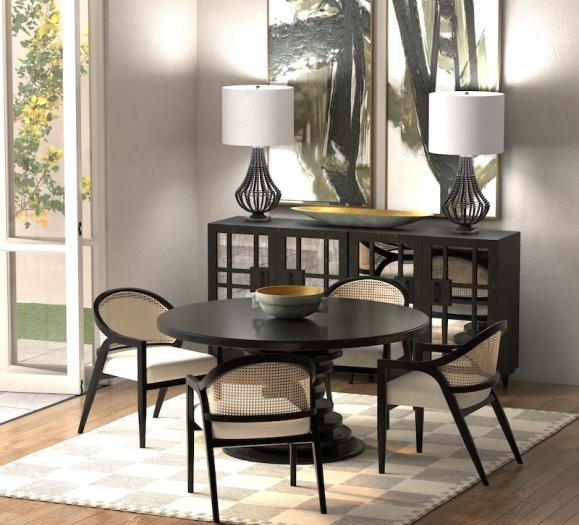Branding. It’s what differentiates one company from the next. It’s also what connects us to our customers. “Your brand is what other people say about you when you’re not in the room,” says Amazon's Jeff Bezos. Say what you will about Amazon, it’s a household-name brand, for better or for worse. From a customer expectation perspective, Amazon has led a charge, catering to an expansive “want it now, expect it now” consumer base.
But we’re not here to talk about Amazon. We’re here to talk about your branding, as retailers and designers competing against that Amazon effect, perhaps. Yes, there are some expectations (such as that fast shipping) that Amazon has corralled, but the luxury home design client? That’s one category where Amazon likely has little hold. When catering to this customer, “want it now” holds less sway.
Luxury is more about “I want it my way.” Look up “luxury” in Merriam-Webster and you get this definition: 1) a condition of abundance or great ease and comfort. 2) something adding to pleasure, comfort but not absolutely necessary.
Luxury is about wants, not needs. As new generations take on major consumer roles — Millennials now tout a level of available wealth — the expectations for luxury continue to evolve as well. For today’s consumer, luxury is more about expressing individuality rather than just attaining something that is monetarily out of reach for the average person. Today’s luxury consumers want unique design that fits their lifestyles and reflects their personalities.
“There’s nothing more luxurious than getting exactly what you want and not settling,” says Laura Holland, VP Marketing at Hickory Chair, in our cover feature this month.
What does defining luxury have to do with branding? Quite a lot, especially if you subscribe to Bezos’ perspective that your brand is how your customers perceive you. If you are catering to the luxury consumer or any other class of consumers, how are you crafting your message so your customer identifies with what you’re offering and talks about you in a way that relates back to how you perceive your brand?
You need to focus on introducing your customers to what’s on trend, of course, but it’s equally, if not more important, to understand that customer — who they are, how they live, what they aspire to — so your message dovetails with their expectations, and they speak of your brand the way you want it presented.
As we head into High Point Market this month, assess the customer base that most likely gravitates toward your services. Even ask them how they see your brand. You might be surprised by the answers. Your job then at market is to bring those expectations to your suppliers and ensure that everyone is sharing the same story.








